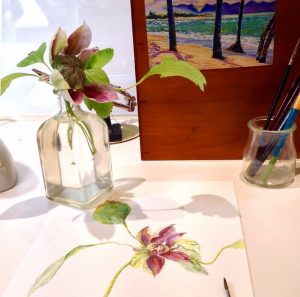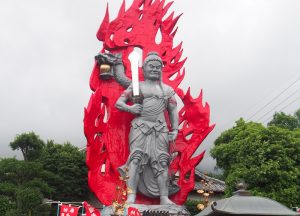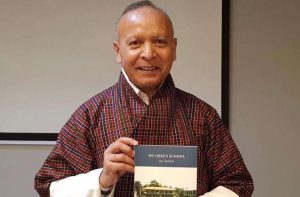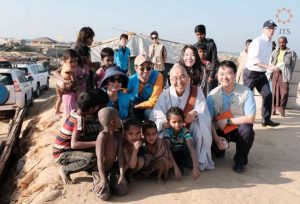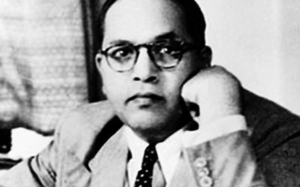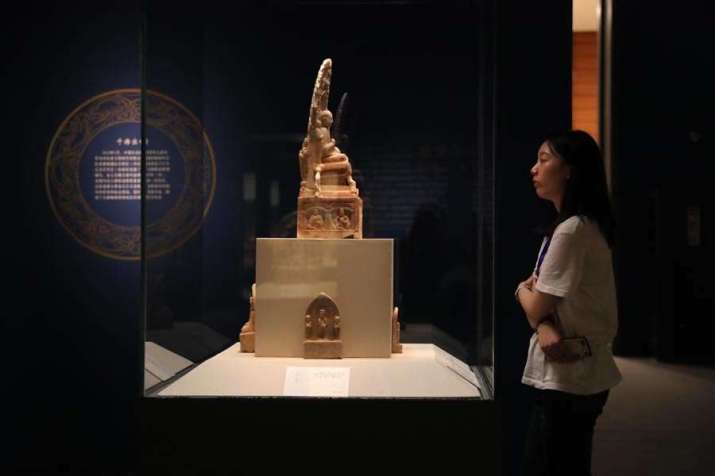
The National Museum of China in Beijing is hosting an extensive exhibition of hundreds of Buddhist artifacts excavated at Yecheng, an imperial city of the Northern Qi dynasty (550–77) in Linzhang County, Hebei Province. The exhibition, titled Peaceful Coexistence, highlights the development and decline of this center of Buddhism in northern China.
A total of 171 cultural relics are on display, including 131 Buddha statues, mostly from the Northern Wei dynasty (386–534) to the Tang dynasty (618–907), and most of which are made of painted or gilded white marble. Of primary interest at the exhibition are the colection of Buddha statues unearthed in Yecheng in 2012.
Yecheng was a Buddhist centre in ancient China that fell from glory after the Northern Qi rulers were defeated by the Northern Zhou dynasty (557–81). During Northern Zhou rule, temples at Yecheng were demolished, monks were expelled, and Buddhist statues were destroyed and the fragments buried.
In 2012, a team of archaeologists excavating the Buddhist site of Yecheng unearthed a large number of antiquities and buried statues. The China Daily newspaper reported that archaeologists excavated nearly 3,000 Buddhist statues and fragments in 16 days—the most unearthed Buddhist images since 1949.
Tong Chunyan, a curator at the National Museum of China, said the excavated artifacts subsequently underwent restoration and have been placed on public display for the first time.
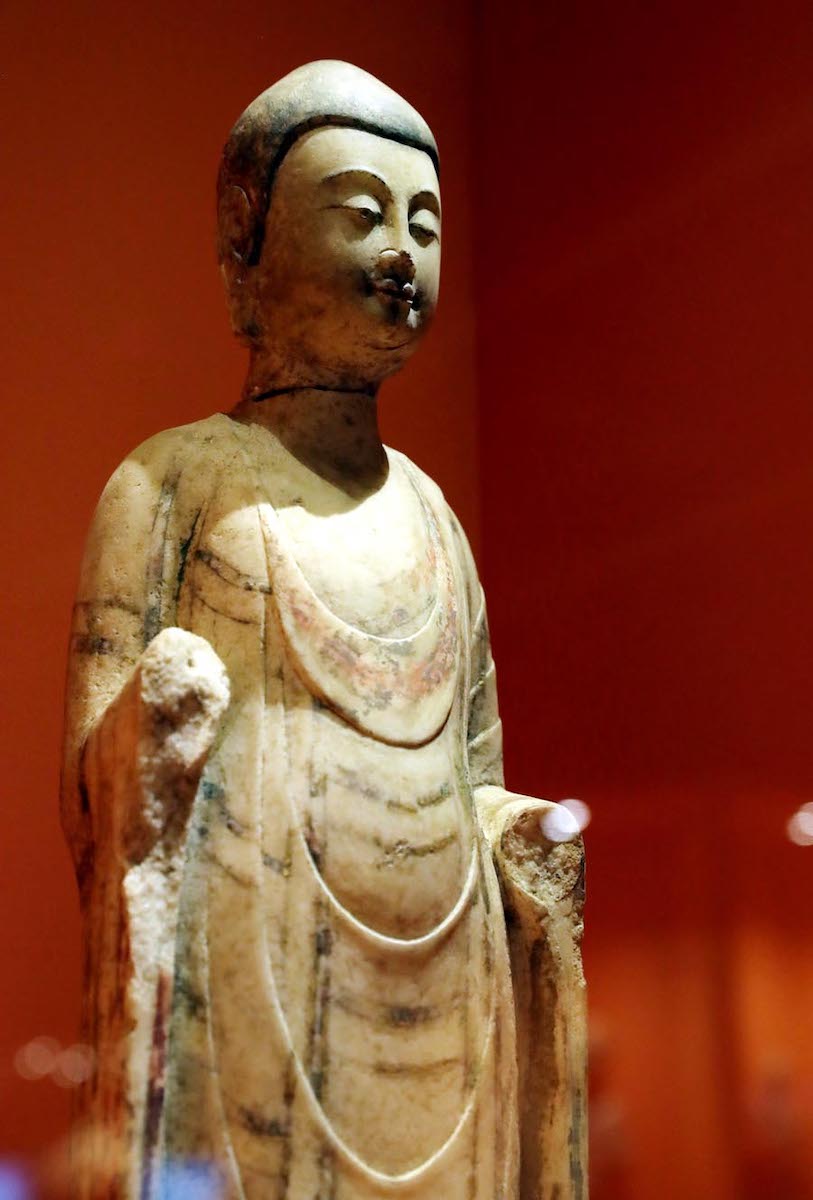
Zhu Yanshi, deputy director of the Institute of Archaeology, under the Chinese Academy of Social Sciences, said that an archaeological team had been formed more than 30 years ago to excavate Yecheng, but they did not discover any Buddhist objects until early 2012.
It took a further five years, Yanshi said, to clean and stabilize the remaining fragile layers of gold covering the surfaces of the statues before they could begin matching the broken parts.
“The process of putting the broken pieces together was like solving a puzzle,” said Yanshi. “The researchers studied the components and remembered their shapes and the patterns drawn for months.” (China Daily)
He Liqun, an official from the Institute of Archaeology, said visitors to the exhibition can witness the crossover of Indian and Chinese styles of Buddhist art as Buddhist culture spread from India to China.
“One is the layering patterns of the kasaya (Buddhist robes) vestments on the statues that look like ripples and appear delicate. They resemble the way clothes adhere tightly to a person’s body when the person rises from the water. The style shows a direct Indian sculpting influence,” Liqun stated. “Another style presents local Buddhists and craftsmen’s creativity—when sculpting the back screen the Buddha sits against, they made it into a round shape of two intertwined banyan trees, and they crafted it into multiple hollowed-out layers to showcase refined patterns and sophisticated sculpting techniques.” (China Daily)
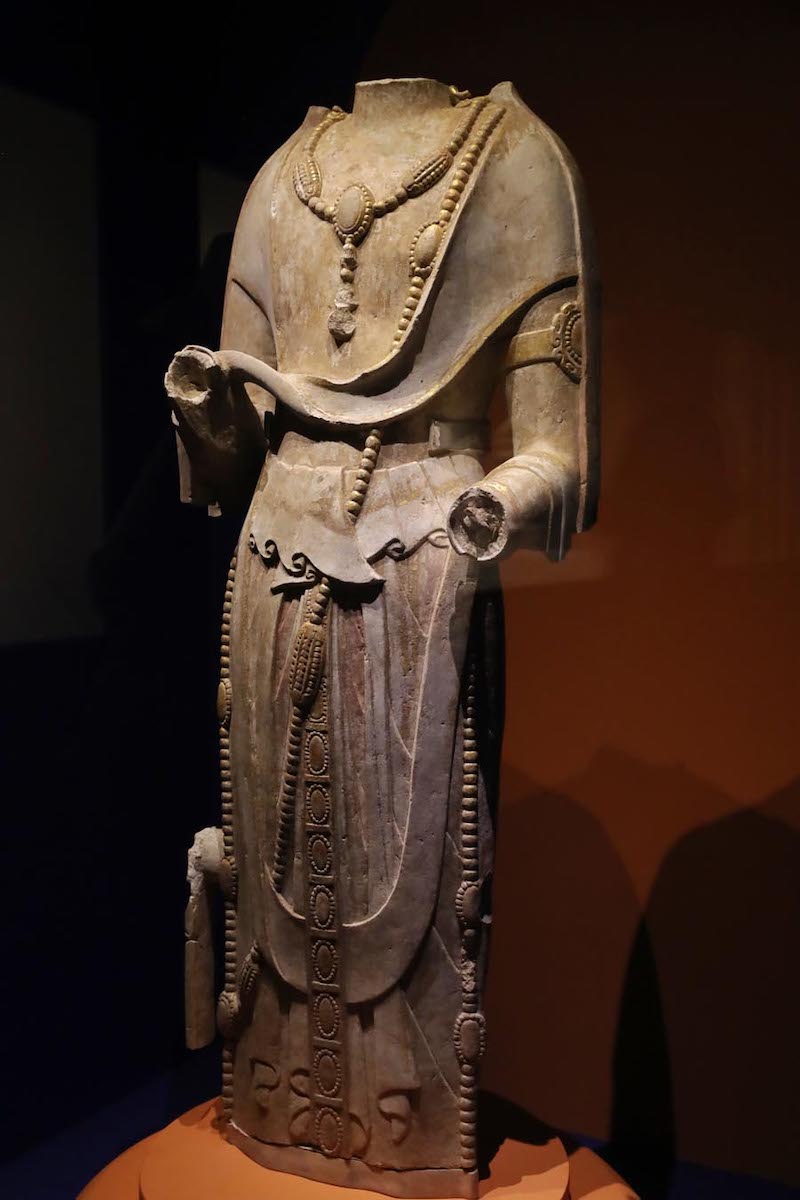
Liqun explained that Yecheng was capital of the Kingdom of Wei ruled by Cao Cao, a warlord in the early third century who planned its construction in 204 CE. Therefore, all the objects found at Yecheng help to provide a clear picture of urban development between the Han and Tang dynasties.
“[The city] was symmetric in respect of an axis, and it was divided into districts for different functions. The new model laid a foundation for the later building of Chang’an of the Sui and Tang dynasties, and extensively influenced the layout of ancient capitals in China and even East Asia,” said Liqun. (China Daily)
The Peaceful Coexistence exhibition at the National Museum of China is open to the public until 6 October.
See more
Glory of lost city (China Daily)
Exhibition on ancient Buddha statues opens in Beijing (XinhuaNet)
Buddhist statue exhibition held at National Museum of China in Beijing (XinhuaNet)
National Museum of China





